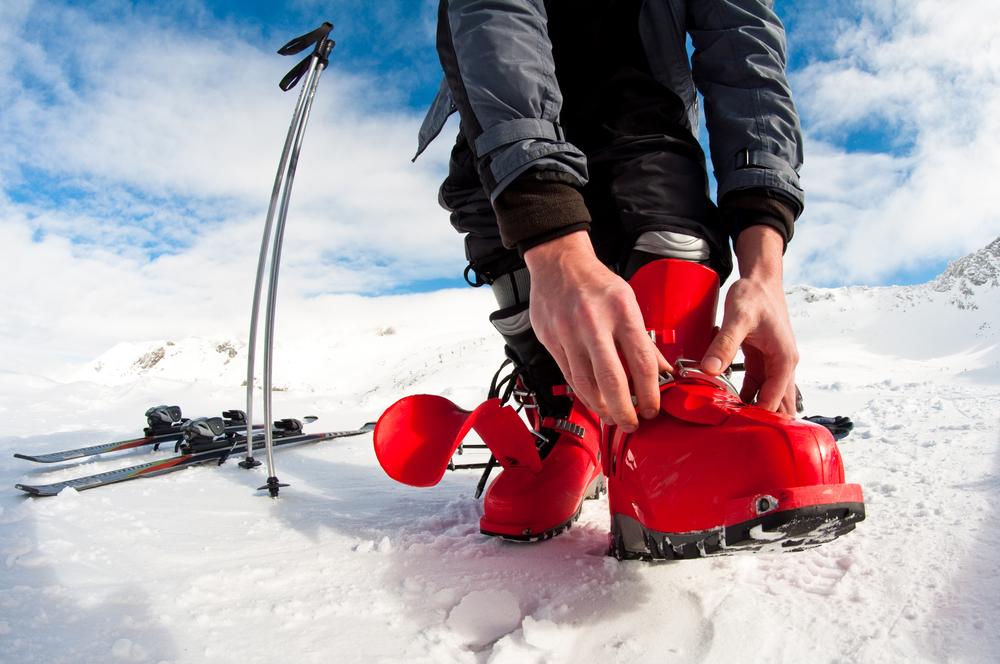After Ski Care for Your Feet

More than any sports, skiing and snowboarding require strong, healthy ankles and feet and making sure you give these areas of your body a bit more care and attention once the season is over can prevent potentially serious conditions from getting out of hand.
Most of the time, if you have good quality equipment, you should be able to avoid any severe foot problems. There may be blisters and bruising to endure but these are part and parcel of the sport. Even the most comfortable boots can cause issues, of course, something you simply cope with while on the ski slopes. Getting treatment from a podiatrist once you return home though is a good idea if you want to make sure that your feet are returned to good condition and there is no underlying damage that could cause you problems in the future.
Experienced skiers will usually take measures to ensure their feet are protected whilst out on the slope, for example, putting something like Vaseline on areas that are commonly affected. If you have existing issues such as bony protrusions or bunions, wearing ski boots which are too tight or too loose can exacerbate things. Less experienced skiers commonly wear boots that don’t fit well enough, which can cause strains, bruises and blisters among other things. If you have a developing problem such as an ingrowing toenail, wearing tight ski boots certainly won’t help, causing pain and discomfort.
How to Protect Your Feet On the Ski Slope
First of all, make sure that you choose ski boots that fit snugly and give you enough support. If you are hiring your equipment take your ski socks with you so that you are sure you have a proper fit. Many expert skiers will tell you to cut your toenails before you go out on the slopes – this is because you will be putting constant pressure on your toes and if the nail is too long it will get pushed back. In severe circumstances this can cause damage to the nail that needs to be treated by a trained podiatrist. Most ski boots don’t properly support the arch of the foot and this can cause of pain. It is a good idea to wear insoles that provide the right support – after all, you may be spending six or seven hours on the slopes and you don’t want to be hampered with arch pain.
Finally, if you do start experiencing pain then don’t try to continue and work through it. When your body signals pain, it’s trying to say something and many a long term injury caused during skiing is related to ignoring that initial pain and soldiering on. We advise you to pay a visit to your podiatrist before and after a ski trip, initially to make sure that you don’t have any conditions such as bunions or nail problems but also to get some good advice about how to protect your feet on the slopes. When you return, it’s best to have a quick after ski check-up especially if you are experiencing pain or any kind of discomfort.
A visit to your local chiropodist or podiatrist at Beauchamp Foot Care should be top of your list if you have recently returned from a skiing or snowboarding trip. Call us today on 020 7225 0794 or use our contact form.
All information on this website is for general guidance only and is not intended as a substitute for the personal medical advice of health care professionals or your own doctor.
